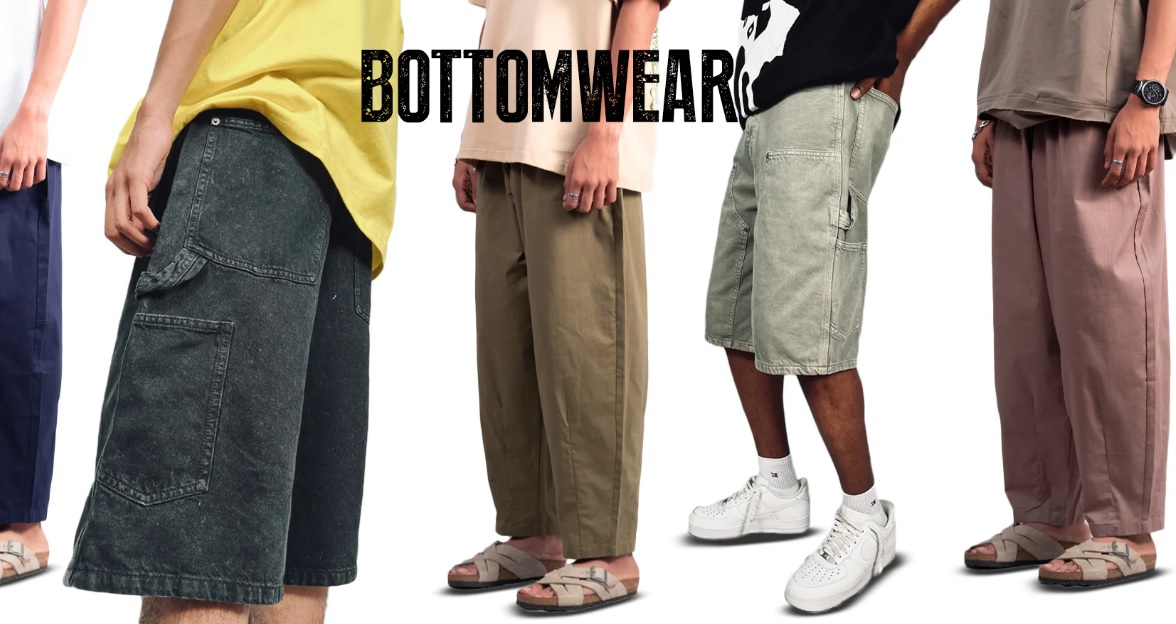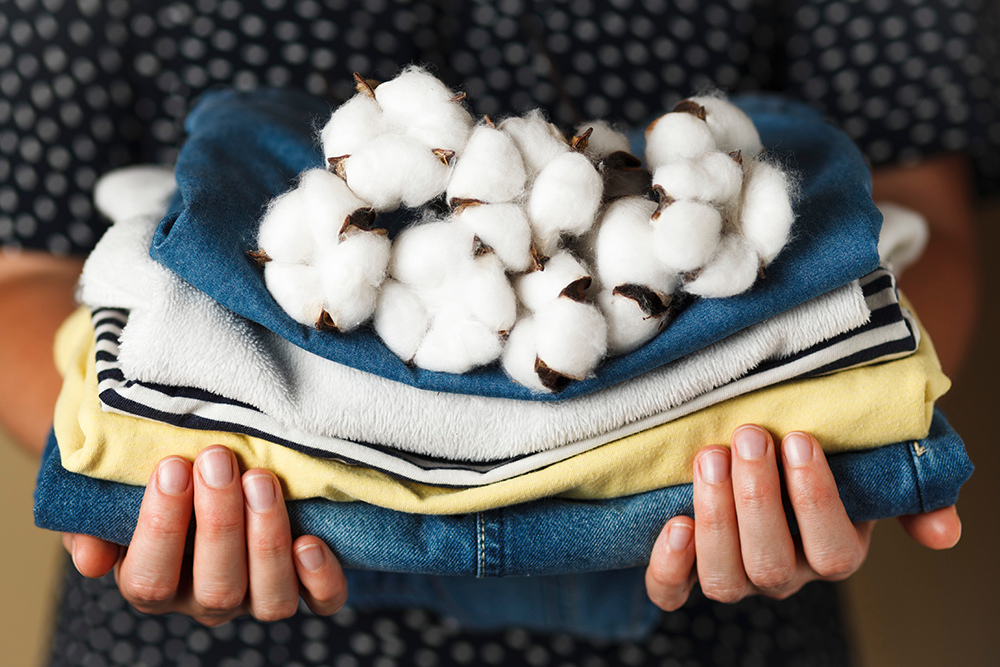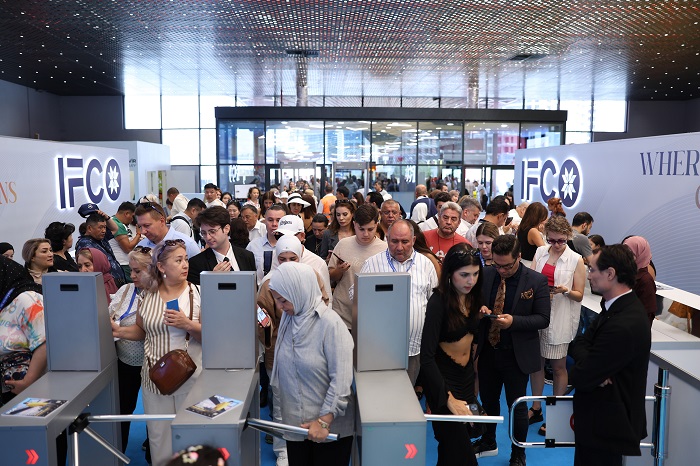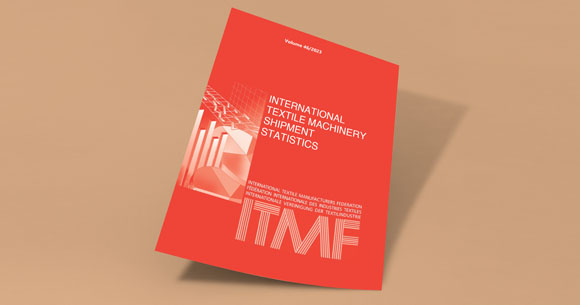FW
Italy's textile trade has been pushed behind by rivals in recent years: high-tech, high-end competitors in countries such as Germany and the United States, and low-end producers in places like China, Bangladesh and Turkey. A central driver of the country's economic growth in the 20th century, Italian fabric manufacturers have been struggling to remain in business since globalization opened the sector to Asian competition at the end of the 1990s.
Though Italy’s fabric industry has improved productivity in recent years, it has not been able to compete on wages. It has led to fewer jobs, lower living standards and abandoned factories. In last two decades, the industry that transformed cotton into thread, or thread into curtains, sheets, towels and clothes has no jobs in hand.
Italy is the world's third-largest exporter of clothes and fabrics. But its market share has decreased to just 4 percent since 2000, while employment in textiles has fallen every year for 25 years. It is now around 60 per cent of what it was in 1990, down 370,000 jobs, according to employers' association Confindustria.
An ethical and organic apparel basics brand, Pact has unveiled one of the largest organic cotton Fair Trade Certified lines by a US apparel brand. The line features 78 different items across 19 product styles including the Fair Trade Certified baby clothes.
The Fair Trade Certified apparel line includes underwear, as well as leggings, camisoles, T-shirts, and long johns. Previously, it had launched a Fair Trade Certified women's T-shirt line exclusively at Whole Foods. This expanded line is now available at retailers across the US at Whole Foods, Amazon and wearPACT.com.
The apparel line is produced in a factory located in India that has been a leader in producing socially and environmentally responsible apparel. The line is certified by Control Union according to the standards maintained by Fair Trade USA. With every purchase of a Fair Trade Certified garment, Pact contributes a percentage of sales to a worker-controlled fund. Workers democratically vote on how to spend these funds which include a disaster relief for factory workers, a scholarship fund for workers' children, infrastructure improvements in their local communities, or a cash bonus.
Pact offers super soft organic cotton essentials that are ethically made and go easy on the environment. From Non-GMO organic cotton grown at farmer cooperatives, to sustainable manufacturing in Fair Trade factories, its fully transparent supply chain allows customers to not only feel good in Pact, but also feel good about where it came from.
During the last decade, the number of people working in California’s apparel and textile manufacturing industry has shrunk by 43 per cent as production of clothing and textiles has moved overseas. However, the industry is still a major contributor to California’s manufacturing economy. Nearly 80,000 people were employed in this sector in 2012, with 90 per cent of them working in Southern California.
The loss of durable manufacturing jobs in the early 1990s was largely a result of reductions in national defense spending. But the largest declines were in non-durable manufacturing, such as apparel, because of California’s high labor costs and proximity to Asian factories.
The state’s manufacturing sector accounts for only about 11 per cent of the goods and services produced in California. The service industry is the overwhelming winner, making up 70 per cent of all the state’s goods and services. There is aerospace, biochemical goods, semi-conductors and electronic components. Manufacturing output continued to climb while employment continues to fall. Te apparel industry can grow by producing more clothing that incorporates high-tech elements used in sportswear and athletic wear to monitor physical behavior, such as heart rate or blood pressure. The Los Angeles area continues to have the highest concentration of apparel workers in the United States.
Bangladesh's textile chemicals market is forecast to grow at a CAGR of around 7 per cent during 2014-19 period. Bangladesh continues to be a major textile exporting country after China and India. The textile chemicals market in Bangladesh benefits from large-scale exports of knitted and woven garments globally. Growing demand for knits and wovens in the US and EU has pushed up the overall consumption of textile chemicals in Bangladesh. The country is also exploring various other export markets, which is expected to further boost the demand for textile chemicals in Bangladesh over the forecast period.
Major factors that would boost textile chemicals market in Bangladesh include the country's growing textile industry, rising readymade garment exports to global markets, and growing demand for multi-functionality and specialty chemicals in the country. Leading textile brands manufacture their readymade garments in Bangladesh, which continues to benefit the market for high performance textile chemicals.
Textile chemicals are used for coloring textiles and fabrics, improving the quality of textiles, and providing desired properties to the textile during processing. These chemicals find widespread application during the processing of cotton, wool and synthetic fibers.
Nicaragua fears the Trans-Pacific Partnership (TPP) will bring huge losses to its apparel sector, which accounts for 10 per cent of its GDP. This is because Vietnam, already the US' biggest garment supplier and a formidable competitor, could enter the 12-nation free-trade bloc without a yarn forward rule of origin. If this happens as part of negotiations to strike a landmark agreement, Chinese yarn and fabric suppliers could flood Vietnam and the US. Without this yarn-forward rule, Nicaragua fears the market will be flooded with Vietnamese clothing made from Chinese yarns and fabrics.
The prospect of a yarn forward rule is actually helping to increase textile investment in Vietnam, which would further shore up the country's competitiveness in the trade pact. Nicaragua benefits from a tariff preference level program that matches apparel exports made from fabrics and yarns from any country on a one-for-one basis with those that use certain US fabrics and yarns.
Even if the US, which is leading the TPP talks, orchestrates a favorable deal, Nicaragua must rush to bolster foreign investment to raise output and move into higher-price export niches. The garment sector in the country employs 50 per cent of Nicaragua’s industrial workforce.
Korea Trade-Investment Promotion Agency (KOTRA), a state-funded trade and investment promotion organization operated by the Government of South Korea is planning to introduce a fashion fund to boost Korea-China apparel market. The aim is to encourage Korean companies set up manufacturing in Korea itself. While apparels bearing the ‘Made in Korea’ tag perform well in the global market, the number of textile and garment companies operating from Korea is declining since they are relocating manufacturing plants to China and Vietnam.
The planned funds would help small and mid-sized companies in both the countries by amalgamating the expertise of Korean designers and Chinese garment manufacturers under the slogan ‘Made in Korea, Made with China’. KOTRA was established in 1962 as a national trade promotion organization. Since then, it has successfully facilitated Korea's rapid export-led economic development through various trade promotion activities such as overseas market surveys and business matchmaking.
English.kotra.or.kr
Lorenzo Minelli is the new research and innovation director of Itema Lab. He replaces Giuseppe Casarotto, who started working in Itema in 1983 and has been leading advanced research and development projects for the weaving machinery manufacturer ever since.
A mechanical engineer Minelli joins Itema after having an established and successful career in a number of other innovation-minded multinational companies. He is a senior professional with a broad and diversified experience of managing projects in the area of complex industrial product development.
Itema is gearing up towards ITMA 2015, the biggest textile machinery exhibition which will be held in Milan next year. Itema Lab is one of the two R&D departments of the global weaving machine producer. It is tasked with developing the revolutionary breakthroughs that could lead to the loom of the future.
Itema also has another advanced research arm at the corporate headquarters working on continuously improving the existing weaving machines. The Italian privately-held multinational invests every year 5 to 6 per cent of its profits in R&D projects, more than any company in the industry. The company has just launched a brand new portfolio of air jet weaving machines at ITMA ASIA 2014 in Shanghai.
www.itemagroup.com/
WWF and the IKEA have launched a new progress report on their involvement with the Better Cotton Initiative (BCI). This includes details of reduced use of chemical pesticides, chemical fertilisers and water along with improved earnings and social benefits for workers during 2013.
The availability of Better Cotton is increasing rapidly. It is hoped that production can be large enough to make it a mainstream global commodity before 2020. BCI has the ambitious aim of having Better Cotton make up 30 per cent of global cotton production by 2020. Only two per cent or 6,70,000 metric tons of the cotton lint produced globally in 2012 was Better Cotton.
BCI aims to transform cotton production worldwide by developing Better Cotton as a sustainable mainstream commodity. It works with a diverse range of stakeholders across the cotton supply chain to promote measurable and continuing improvements for the environment and farming communities.
WWF and IKEA are both founding members of BCI. In the cotton growing regions of India and Pakistan they are helping about 40,000 farmers to produce BCI cotton. By using this method, farmers’ earnings in India jumped 45 per cent compared to earnings from conventional cotton cultivation methods. And there are environmental benefits also like the use of lesser pesticides, less water and fewer fertilisers.
bettercotton.org/
Many readymade garment factories in Bangladesh may shut down over compliance issues. In the last one year, more than 80,000 workers have become jobless following the closure of about 220 non-compliant garment factories in the country.
This is an unwelcome development for the country's once-buzzing apparel industry that was acclaimed the world over. Most of the factories now out of production are small and medium scale ones. They face challenges due to compliance issues, wage hikes and a fall in work orders. The compliance conditions were prescribed by western nations for preventing tragedies such as the Rana Plaza collapse and the Tazreen Fashions factory fire.
Dismal working conditions in the country’s $20 billion apparel industry have been under global scrutiny. Overloaded ceilings, exposed cables, too few fire alarms and sprinklers, and locked emergency exits are just a few of the hazards that inspections have revealed. Some factories have not been upgraded in as long as a decade, some even three decades.
Factory owners have been hit in recent months by worker protests and flash strikes demanding better pay and safer working conditions. The garment and textile industry is crucial to Bangladesh. It provides the much-needed jobs and export earnings. Without textiles, Bangladesh, already burdened by immense poverty, would see its economy collapse.
The textile sector in Pakistan accounts for 6.5 per cent of the global trade. The country is almost non-existent in the global trade map on 93 per cent of the trading sectors. Structural imbalances are severe. The domestic spinning industry has 25 per cent more yarn-producing capacity than can be woven in the country. So the country exports 25 per cent lowest value-added textile production as yarn.
To get higher exports orders Pakistan will have to address the structural imbalances. The ratio of cotton use in Pakistani textile products is 75 per cent while the industry consumes only 25 per cent of manmade fibers by blending them with cotton. The global average is 75 per cent manmade fibers blended with 25 per cent cotton.
This means Pakistan is catering to 25 per cent of the global textile market. The local industry has the machinery and state-of-the-art equipment to produce a complete textile range. However, its wings were clipped when the government of Pakistan guaranteed 10 years’ high duty protection to a multinational investor for establishing a polyester plant in Pakistan. The protection made it impossible for the textile industry to compete globally in blended textiles.
The local market accounts for only 20 per cent of the textile consumed in the country. Local entrepreneurs are denied the domestic market because of under-invoicing, smuggling and massive imports of used clothing.












